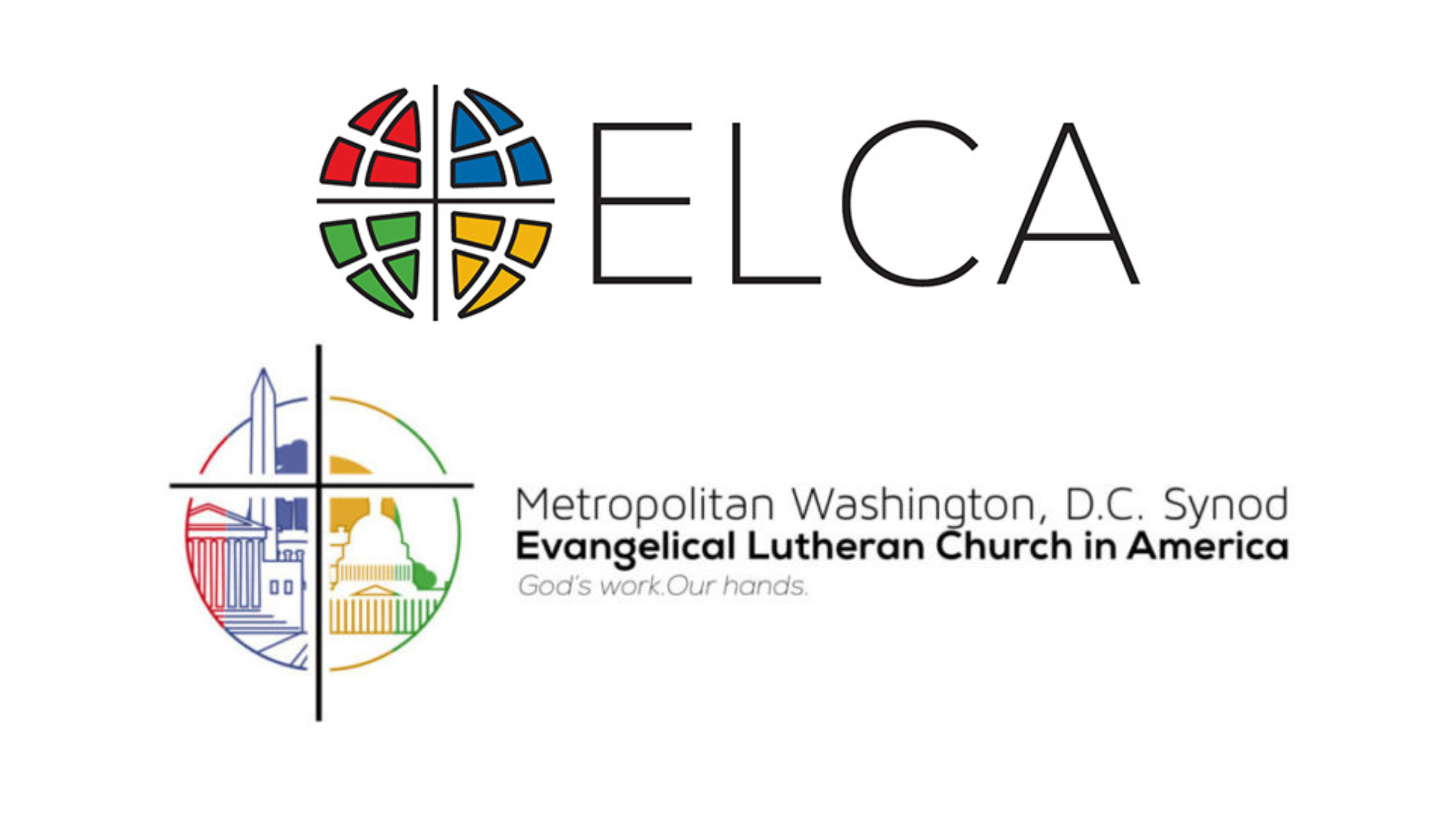Ninth Sunday After Pentecost
Mark’s gospel makes clear how great is the press of the crowd, with its countless needs to be met, on Jesus and his disciples. Yet in today’s gospel, Jesus advises his disciples to get away and rest, to take care of themselves. Sometimes we think that when others are in great need we shouldn’t think of ourselves at all; but Jesus also honors the caregivers’ need. We are sent from Christ’s table to care for others and for ourselves.
Accompanying Scripture:
Mark 6:30-34, 53-56, Psalm 23, Ezekiel 2:11-22











